-
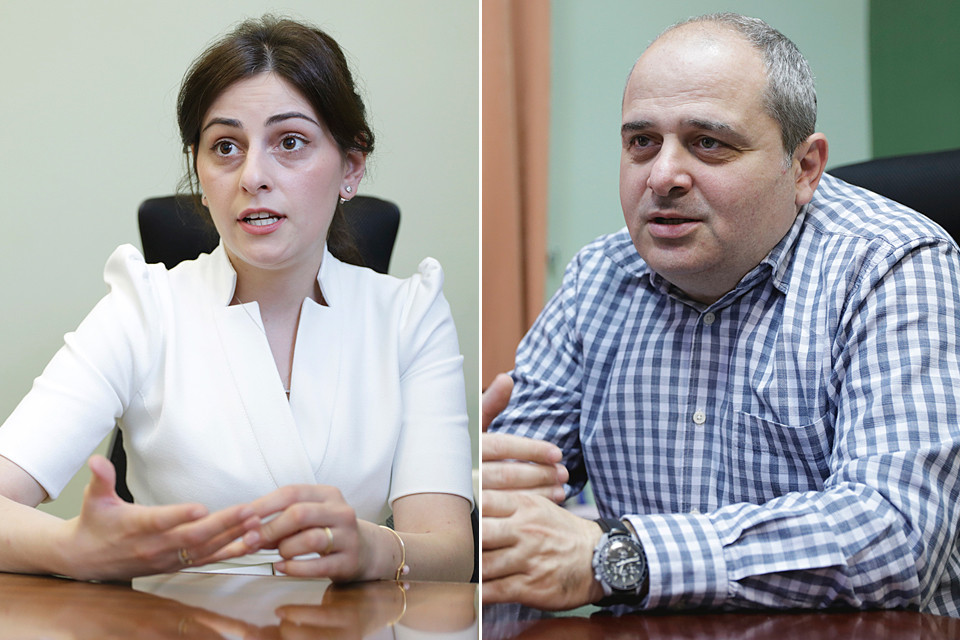
Araks Avetyan and Leonid Avetisyan
-
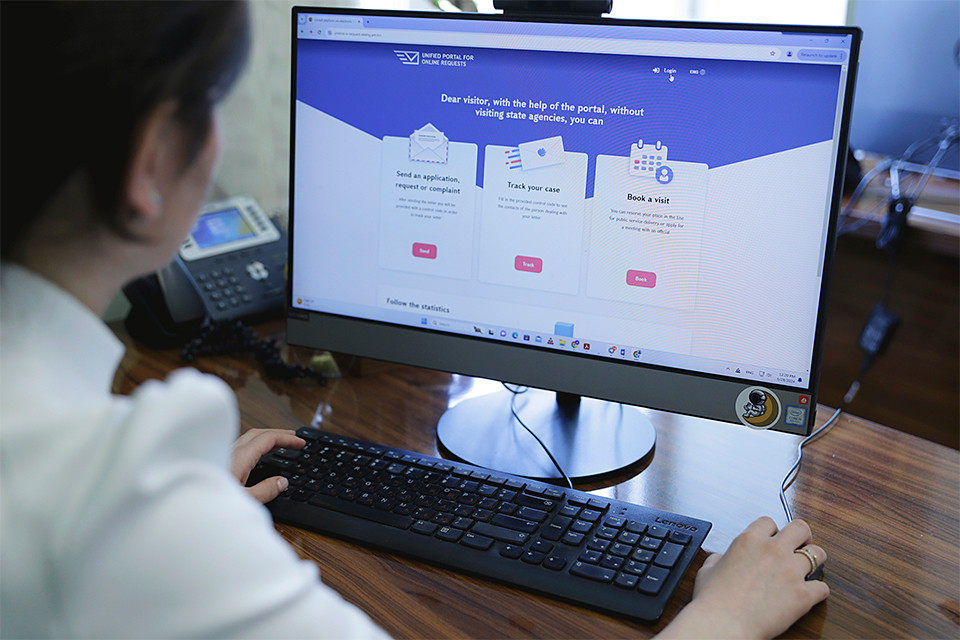
-

Araks Avetyan
-
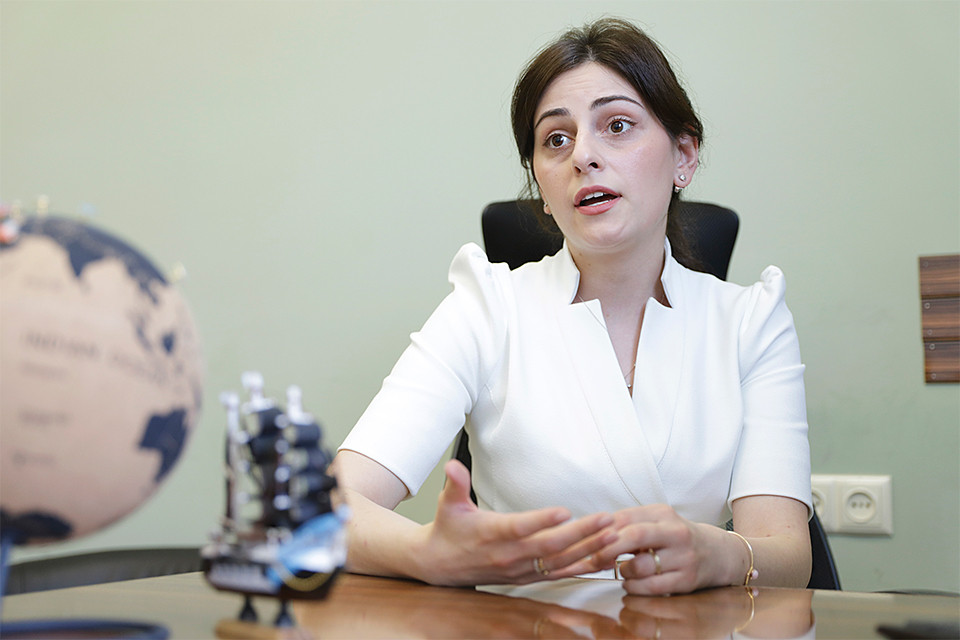
Araks Avetyan
-

Martynas Daugirdas
-
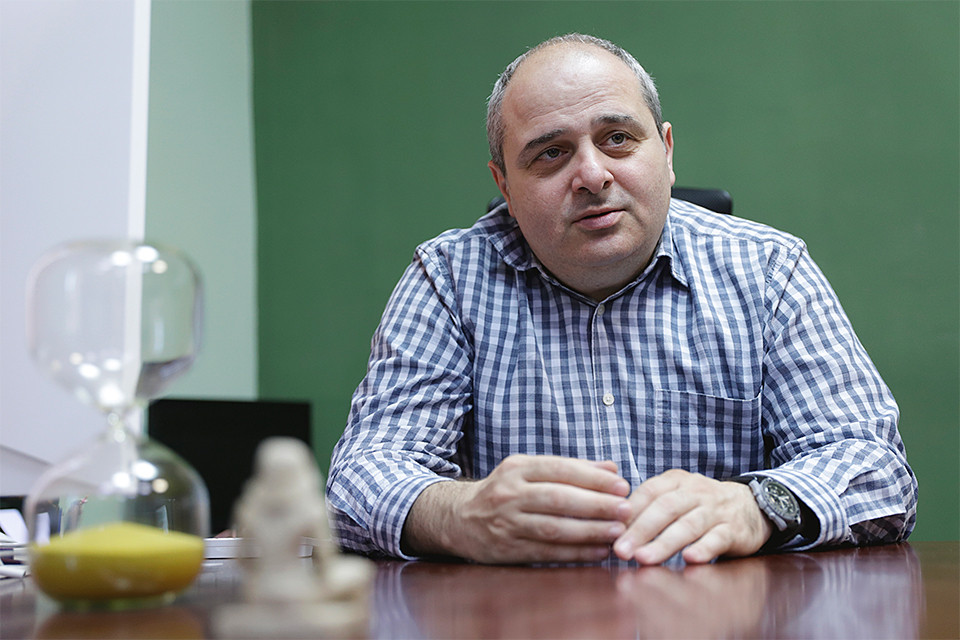
Leonid Avetisyan
-
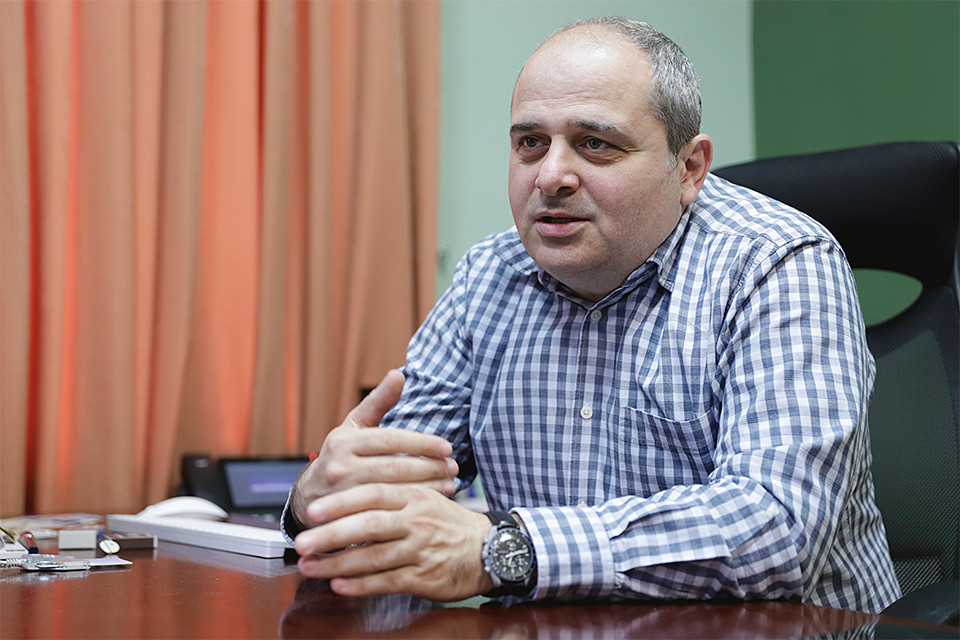
Leonid Avetisyan
15:55 | 08.07.24 | Articles | exclusive 30277
Armenia successfully tests cross-border e-authentication using EU solution
Armenia, Georgia and Moldova have taken a significant step towards enhancing their digital landscapes with successful cross-border authentication testing.
Cross-border electronic identification (eID) piloting is part of the broader EU-funded EU4Digital programme, which aims to align eTrust and eID standards across these nations․ The testing was facilitated by eID software known as an eIDAS node, which is currently used for data exchange among EU Member States.
Specifically, the eIDAS node permits EU citizens to authenticate their identities when using electronic services offered by other EU Member States. This process is supported by the EU’s eIDAS regulation, which aims to provide secure cross-border transactions and promote seamless digital services across the EU.

In the digital era, as digital solutions increasingly permeate our daily lives, digital trust and safe interaction are becoming essential components for the region’s digital economies.
Public agencies in these countries will be able to securely authenticate electronic identities (eIDs) across borders, paving the way for seamless digital interactions and services.
Since 2019, Armenia’s e-Governance infrastructure implementation agency, EKENG, has been developing a cross-border secure platform with its international partners. The first stage involves the activation of e-signatures, followed by the introduction of an e-authentication process.
 Leonid Avetisyan
Leonid Avetisyan
Leonid Avetisyan, Executive Director of EKENG CJSC, considers this initiative to be revolutionary, as no format for cross-border communication has existed until now.
“There was a single notification portal that allowed sending letters to any government body. Foreign citizens could also use it. However, while Armenian citizens had clear rules of trust defined, requiring no additional information, for foreign citizens, everything was based on verbal trust, and their applications were often rejected.
With this programme, that issue has been resolved. We can consider this revolutionary because before that, there was no format for cross-border communication. Even being part of the EAEU [Eurasian Economic Union], there is still no clear e-signature and e-authentication system between Armenia and other countries. Within the framework of this programme with the European Union, we are demonstrating that countries are ready to trust and transfer documents to each other.”
 Araks Avetyan
Araks Avetyan
According to Araks Avetyan, Head of the Program Management Department of EKENG CJSC, this cooperation brings Eastern Partnership countries closer to EU standards and the harmonisation of digital identity and electronic services.
“Actually, to achieve such an opportunity, legal regulations and an international agreement are necessary. However, beyond that, we also need a technical solution, which we provided during the piloting. Experience has shown that it is essential to first familiarise ourselves with all European regulations and proposed technical solutions. This took some time for our team. As a result, we got a solution that allows us, so to speak, to open up to the countries of Europe and the Eastern Partnership that also use this technology.”
As a result, for example, during the piloting activities a citizen of Georgia successfully accessed an Armenian platform and verified his/her identity. Similarly, an Armenian citizen tested accessing Georgian or Moldovan electronic services without additional devices, using the means provided by his/her country. While the authentication was completed in the test environment, it built the foundation for applying the technical solution in real-life situations.
 Araks Avetyan
Araks Avetyan
“There were two components in the implementation of the pilot programme. One was the formation of trust between the countries, which required each country to describe their existing mechanisms for identifying a person and providing means of authentication. Since all countries have solutions that meet international requirements, it can be said that the processes are not very different. We exchanged this information with each other and agreed that the systems implemented by all of us are acceptable to others.
The second stage involved the technical implementation, where all the countries integrated into the central solution provided by Europe. Through this central solution they are able to connect with each other,” Araks Avetyan explained.
Martynas Daugirdas, EU4Digital eTrust and Cross-border Digital Services Stream Lead, noted that, since 2019, the EU4Digital Facility team has been cooperating with Eastern partner countries, including Armenia, to support the digitalisation of trust, security and cross-border digital services.
 Martynas Daugirdas
Martynas Daugirdas
“Building on previous successes, EU4Digital launched the cross-border eID piloting activity in 2023. EU4Digital worked closely with the EKENG team to ensure that the solutions are fit for Armenia’s context. At the beginning of the pilot project, we helped the EKENG team to identify the electronic services that foreigners use in practice, which would benefit the most from the eIDAS Node implementation. We also supported operational readiness and compatibility analysis of existing electronic services and eID means. Throughout the process, EU4Digital worked closely with Armenian representatives to identify and address any technical or operational challenges, ensuring that the solutions fit local context and requirements,” Martynas Daugirdas said.
Leonid Avetisyan considers teamwork and feedback from the beneficiaries to be essential to the success of the piloting:
“Teamwork was the most important cornerstone of piloting success. This programme required the involvement of a number of specialists, from those with knowledge of legal regulations to those specialising in the most complex technical solutions. Without teamwork, the project would not have been successful.
 Leonid Avetisyan
Leonid Avetisyan
During the piloting, organisations from participating countries tested the solution and their feedback proved invaluable. Even simple design changes yielded noticeable results, which although seemingly small, are important details for future large-scale application. We proceed cautiously, as the system is still in the testing stage. We need to check it very carefully and see how it works, what needs to be fixed and improved. At this moment, we have already encountered some problems that need to be excluded. It is important to identify those responsible for resolving the issues and set clear rules.”
In the future, EU4Digital will continue to facilitate the digital transformation of these countries through a variety of initiatives and projects, including further pilot testing and developing mutual recognition agreements of eIDs.
To learn more about EU4Digital and its activities related to eTrust and Cross-border Digital Services in the Eastern partner countries, visit the project's website.
Nune Grigoryan
Photos: Agape Grigoryan

17:29 | 24.09.25 | Articles
Jacopo Losso on Cross-Border Investments and Why Armenia Attracts Angels








